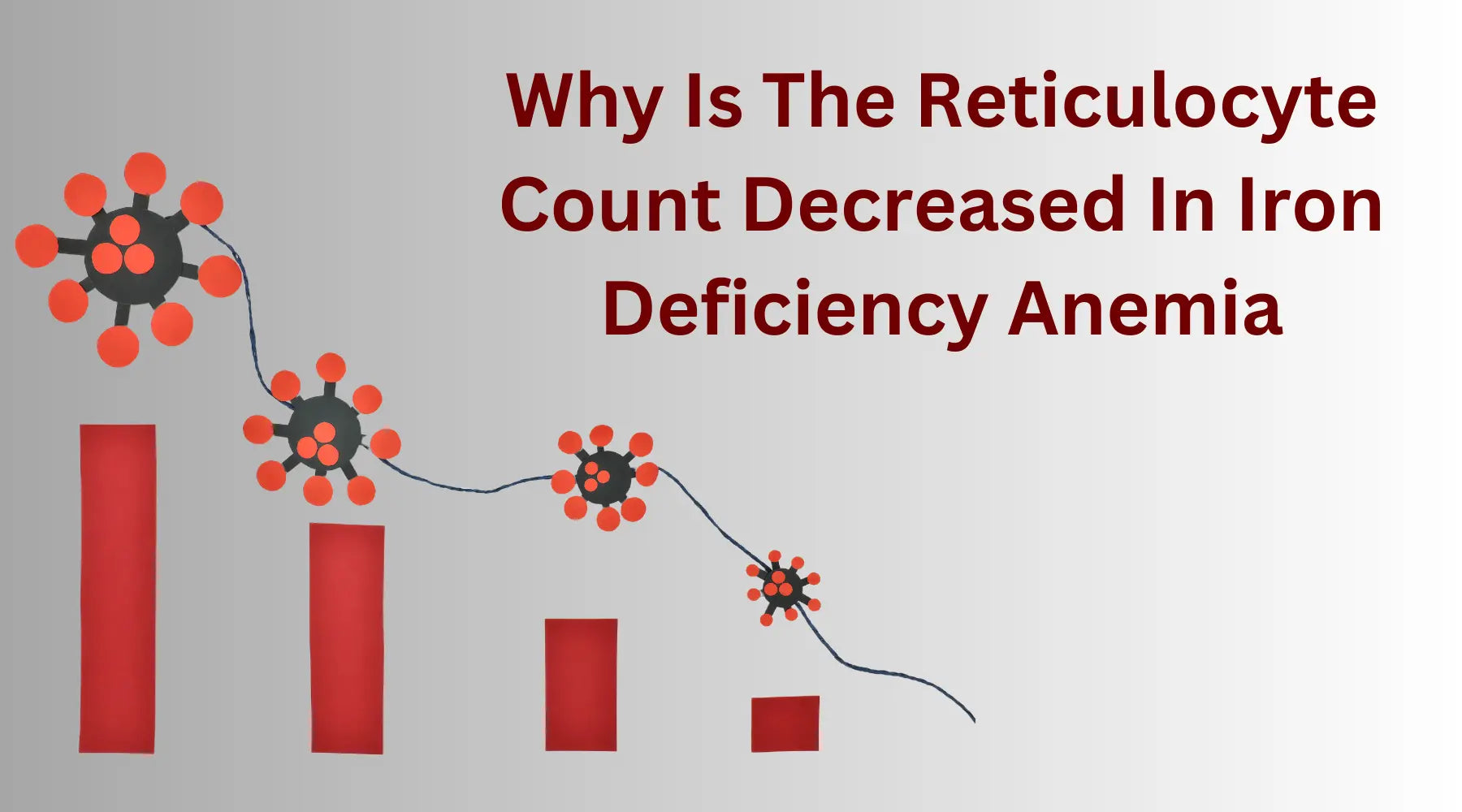 Low hemoglobin levels caused by a lack of iron characterize iron deficiency anemia (IDA), a common blood condition. The reticulocyte count is a remarkable statistic that can provide insights into the underlying causes of anemia even though several diagnostic markers are utilized to evaluate anemia. In this blog article, we'll examine the perplexing occurrence of decreasing reticulocyte count in IDA and talk about Shilajit's potential therapeutic benefits.
Low hemoglobin levels caused by a lack of iron characterize iron deficiency anemia (IDA), a common blood condition. The reticulocyte count is a remarkable statistic that can provide insights into the underlying causes of anemia even though several diagnostic markers are utilized to evaluate anemia. In this blog article, we'll examine the perplexing occurrence of decreasing reticulocyte count in IDA and talk about Shilajit's potential therapeutic benefits.
Recognizing the Reticulocyte Count
The bone marrow creates young, immature red blood cells called reticulocytes. They are an essential gauge of the bone marrow's reaction to anemia. Reticulocyte count rises due to the body's attempt to increase red blood cell synthesis in response to low oxygen levels, frequently detected in anemia.
The Mysterious Decreased Reticulocyte Count in IDA
A lower reticulocyte count in IDA frequently confounds both patients and medical professionals. Here's why it occurs:
Iron availability:
Iron is necessary for the formation of hemoglobin. Iron levels in IDA are too low to sustain the development of adult red blood cells, much less reticulocytes.
The body has a highly developed feedback mechanism to prevent resource waste. To save iron for more mature red blood cells, it decreases the synthesis of reticulocytes when it detects low iron availability.
Reticulocyte Lifespan:
Reticulocytes have a brief, usually a few-day lifespan while in circulation. Even if produced in small quantities, they might need to endure longer to be counted correctly in IDA.
Shilajit's Potential Role
A natural resin-like substance called shilajit, found in the Himalayan region, is well known for its possible health advantages. Shilajit has several qualities that may be important, while research into its effects on anemia is still ongoing.
Fulvic acid, present in shilajit and may improve dietary iron absorption, may help treat the underlying cause of IDA.
Shilajit's capacity to increase energy and vitality can aid in reducing the weakness and exhaustion sometimes linked to anemia.
Shilajit's antioxidant capabilities could aid in lowering oxidative stress, which can increase the symptoms of anemia.
Conclusion
The decreasing reticulocyte count in iron deficiency anemia underlines the body's unique capacity to adapt to difficult conditions. It indicates a well-planned response to the restricted supply of iron that aims to conserve resources.
Shilajit gives hope as a natural supplement in treating iron deficiency anemia because of its capacity to improve iron absorption, increase vitality, and promote antioxidants. Nevertheless, it is crucial to utilize it cautiously and under a healthcare professional's supervision.
In conclusion, the mystery of a low reticulocyte count in IDA sheds light on how the body reacts to iron deficiency. The potential advantages of shilajit give hope to people looking for all-natural remedies to treat iron deficiency anemia and enhance their general well-being.